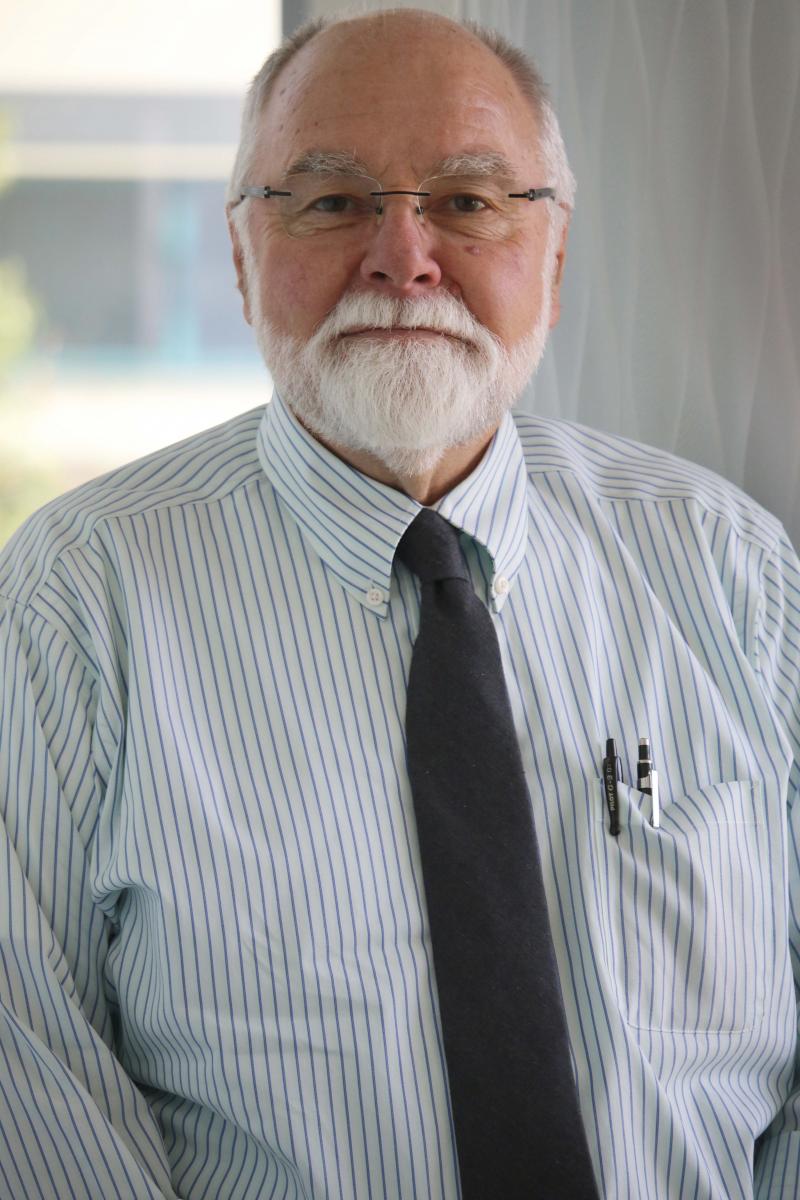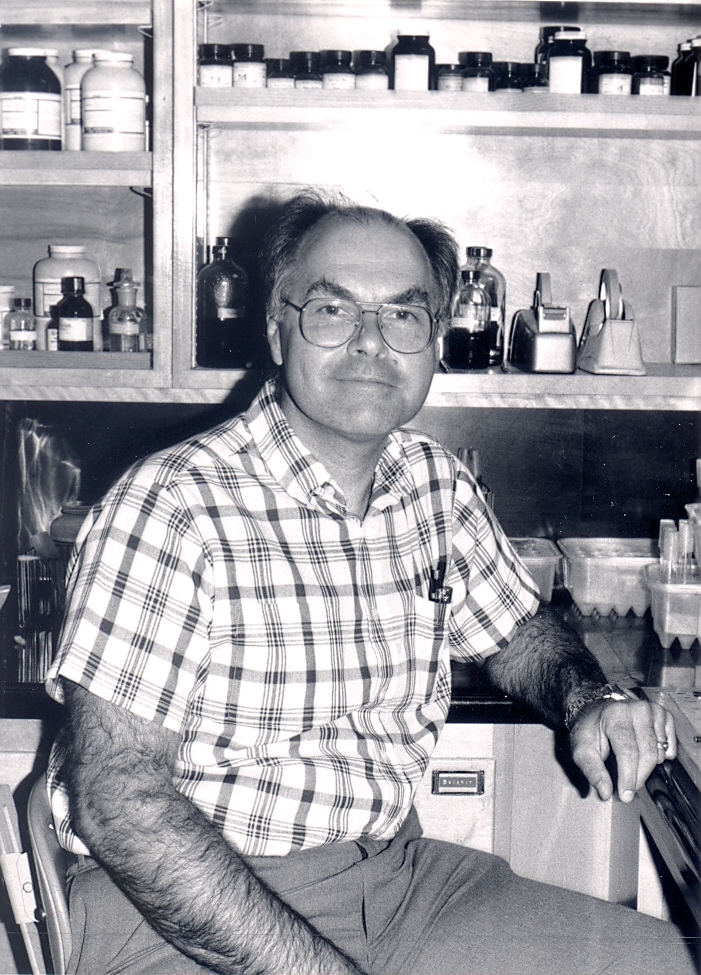
AVC Profile: Dr. Les Uhazy
 Making the transition from assistant professor at a four-year university to an instructor at a community college was a pivotal decision for Dr. Les Uhazy.
Making the transition from assistant professor at a four-year university to an instructor at a community college was a pivotal decision for Dr. Les Uhazy.
Ultimately, it was a choice that opened his eyes to a cross section of society that had escaped him within the limited confines of a large research university.
By the time Uhazy was in his seventh year at the University of Missouri, Columbia, he had grown increasingly uncomfortable with a university model that seemed to put more of an emphasis on bringing in money through research grants above instruction and care for individual students. His classroom was typically a lecture hall with as many as 300 students at any given time and nine teaching assistants.
So in 1988 when Uhazy learned there was an opening for a full-time microbiology instructor at Antelope Valley College he applied, did not think he would be considered, and was given the job.
Uhazy admitted, out of ignorance, he didn’t have high regard for community colleges at the time. But that soon changed.
“Life hit me right in the face,” Uhazy said, recalling his first year of teaching at AVC. Uhazy had gone from teaching young adults with limited life experiences to a highly diverse student body that reflected the entire spectrum of a region’s population—the type of students that make up community college student bodies.
“I came to realize very quickly how much we influence the lives of people, more so than the university,” Uhazy said. Students were no longer an anonymous sea of faces in a large lecture hall.
“I think here at the community college you really get to know your students and appreciate the challenges they face.”
“You truly appreciate the difficulties they have in their lives. And then when they’re successful...there’s great satisfaction in getting to see somebody move on in their life, to provide so much opportunity for people,”saidUhazy.
Uhazy recalled one example of an impactful moment for a student during a biology lab. The student was struggling with cell division—mitosis—so he asked Uhazy to help him after lab, which Uhazy did. “It was no more than 10 minutes,” Uhazy said, and the student left.
“Years later I get an e-mail. I read it and he says ‘Do you remember the Friday afternoon you spent with me going over mitosis?’ You know it had a big impact on me. I’m now entering a PhD program (in molecular biology) at Stanford’,” Uhazy recounted. “I was overwhelmed by that.”
That encounter underscores the value of education to Uhazy.
“There’s no greater trust than to say ‘Teach me, please. Show me.’ There’s great satisfaction in that. There’s value in that because it’s good for all of us. Survival is about understanding the world we live in. That’s always been in the back of my mind: to teach is a very honorable profession. It’s vital to our society.”
Uhazy spent 11 years as a professor at AVC before he was called upon to oversee AVC’s Mathematics and Sciences Division as its dean.
"I miss the classroom,” Uhazy said. His “teaching” now takes place in his office where he addresses concerns of students within his division.
“It takes courage for a student to come to me. I’m not just going to turn them away. You talk about what the issue is. You show an interest in them. You can resolve whatever theissueis,”hesaid.
While Uhazy misses the classroom, his warmth and congenial nature combined with his background in research and education have made him an effective leader through a period of significant student enrollment growth.
Nowhere is that leadership more evident than with the 2012 opening of the Health and Sciences Building, with state-of-the-art labs and facilities that rival those of any undergraduate science program in California. Uhazy served as an intermediary representing the needs of students and faculty members while balancing those needs with the requirements of the college administration.
“I’m proud of what this building is and what it offers and what our students are able to do in this building,” he said.
“As you watch successes in the classroom or you go to graduation, you see students come up to faculty all excited. I’m a small part of that as well,” he said. “As an institution we have a mission and I’ll do my best to achieve it.”